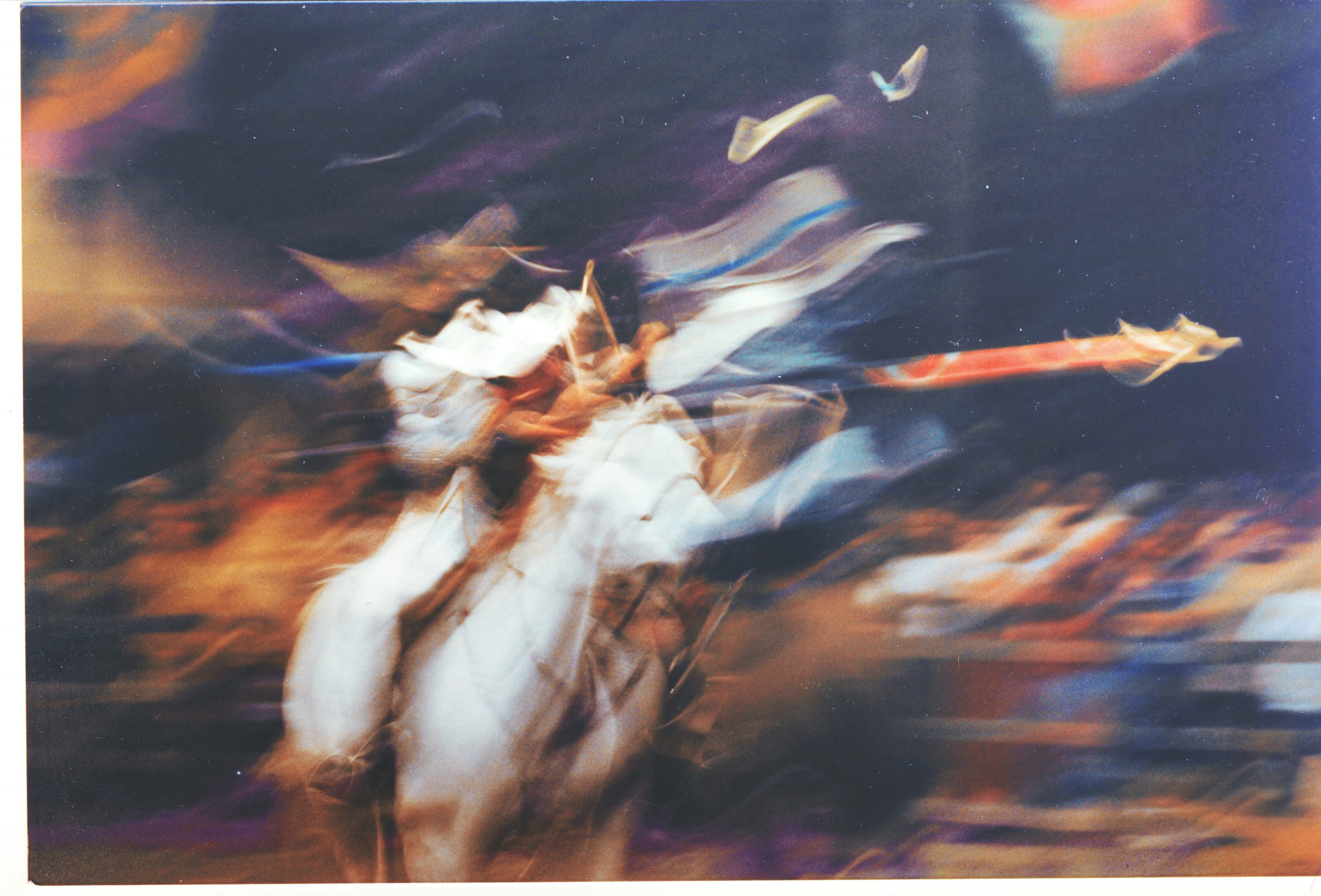Jousting, a medieval martial contest, captured the imagination of knights and spectators alike during the Middle Ages. Originating in the early medieval period as a form of military training, jousting evolved into a popular sport and spectacle by the 12th century. It involved two armored knights mounted on horseback, charging at each other with lances in hand, aiming to unseat their opponent or break their lance upon impact.

At the heart of jousting was the display of chivalry, honor, and martial prowess. Knights trained rigorously to master the skills required for the joust, including horsemanship, balance, and the precise timing needed to deliver a devastating blow. Jousting tournaments became important social and cultural events, attracting nobles, royalty, and commoners alike, who gathered to witness the spectacle and cheer on their favorite knights.

The jousting arena, known as the tilt yard or lists, was often elaborately decorated and marked by a barrier, or tilt, down the center to separate the jousters. Spectators crowded around the lists, eagerly anticipating the clash of arms and the thundering hooves of the charging horses. The atmosphere was electric with excitement as the knights rode to the tilt, their armor gleaming in the sunlight, banners fluttering in the breeze.

The spectacle of jousting extended beyond mere physical combat, encompassing elements of pageantry, ceremony, and honor. Knights adorned their armor with heraldic symbols and colors, representing their lineage and allegiance. The jousting tournament provided an opportunity for knights to showcase their bravery and skill in front of their peers, earning fame, fortune, and the admiration of the crowd. Despite the inherent dangers of the sport, jousting endured as a symbol of medieval chivalry and knighthood, leaving a lasting legacy in both history and popular culture.
